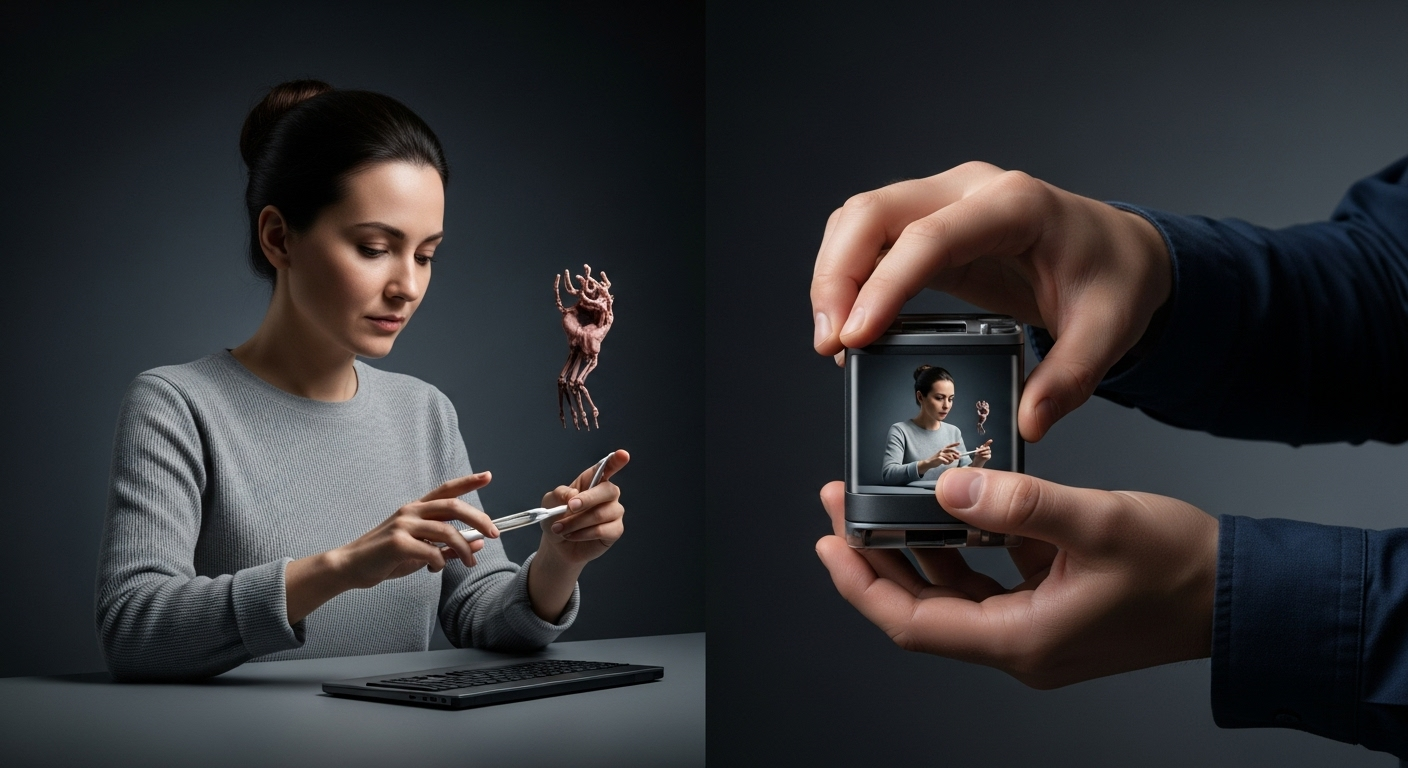Scheduling and Communication Strategies for Remote Clients
Working with remote clients requires clear scheduling and communication practices to deliver consistent portrait and event photography. Establishing expectations around image delivery, lighting guidance, studio access, and editing timelines reduces confusion and improves the final results. This article outlines practical steps for booking, briefing, and collaborating with clients who are not on-site, with attention to workflow, licensing, and portfolio management.

How to schedule portrait sessions remotely?
Begin scheduling by offering a streamlined booking system that shows availability in the client’s time zone and supports rescheduling. Provide clear time windows for portrait sittings and buffer times for setup, lighting adjustments, and brief check-ins. Use email confirmations and calendar invites with video call links when a remote consultation is planned. For clients in your area who may need occasional studio time, include optional studio slots and explain travel considerations. Confirm expectations about turnaround times for proofs and final images at booking.
How to share images and proofs efficiently?
Create a standard workflow for delivering images: initial proofs, client-selected edits, and final high-resolution files. Use secure galleries or proofing platforms that allow annotated feedback and simple download options. Set clear deadlines for feedback to avoid delays—include typical review windows (for example, 48–72 hours) and state how revisions will be handled. Keep versioning organized so clients can see before-and-after comparisons of editing and retouching steps. Make sure licensing terms for shared images are communicated alongside the proofs so clients know permitted uses.
How to coordinate lighting and studio setup remotely?
When clients can’t be present in your studio, deliver concise lighting and setup guides tailored to the shoot. Share images or diagrams of studio layouts, gear lists, and recommended clothing or background choices. Offer live remote monitoring or video check-ins during setup so clients can approve looks in real time when practical. For on-location shoots, send preparation checklists covering ambient lighting conditions and weather contingencies. Clear photos of sample lighting setups and example images help align expectations about composition and mood.
How do editing and retouching expectations get communicated?
Document your editing and retouching process and share it upfront so clients know what to expect in terms of color correction, cropping, and skin retouching. Provide one or two sample images showing before-and-after editing to illustrate your standard. Specify the number of included retouch rounds, typical turnaround for each round, and any additional charges for extensive edits. Use consistent labeling for edited files and keep an organized workflow that tracks client requests, approvals, and final delivery to prevent miscommunication.
How to discuss composition, gear, and creative direction?
Use mood boards and annotated reference images to communicate composition choices and creative direction for portraits and events. Share a concise list of gear you’ll use and explain how particular lenses, lighting, or modifiers affect composition and image aesthetics. Encourage clients to provide examples from your portfolio or elsewhere to clarify preferences. When discussing gear, frame explanations in terms clients understand—describe how a certain lens influences background compression or how lighting alters skin tones—rather than listing technical specifications alone.
How to align workflow, portfolio, licensing, and events?
Outline a clear project workflow covering booking, pre-shoot briefs, shoot day coordination, editing, delivery, and licensing agreements. For event coverage, provide timelines for coverage windows, check-in points, and final image delivery. Explain licensing options in plain language—what uses are permitted, any exclusivity, and how portfolio use by the photographer will be handled. Maintain an organized portfolio that showcases similar work and links to sample image sets so remote clients can assess fit. For local services or hybrid shoots, clarify any differences in studio access and associated scheduling.
Remote collaborations benefit from consistent documentation: templates for briefs, checklists for lighting and wardrobe, and standardized proofing links reduce back-and-forth. Regular, scheduled check-ins and clearly stated response windows also help keep projects on track. Putting workflow and licensing details in writing protects both parties and makes the creative process smoother.
Effective remote scheduling and communication rely on clarity, documented expectations, and accessible tools. By combining structured booking, visual references for lighting and composition, transparent editing policies, and explicit licensing language, photographers can deliver reliable portrait and event services to clients who hire remotely while maintaining a professional portfolio and streamlined workflow.






